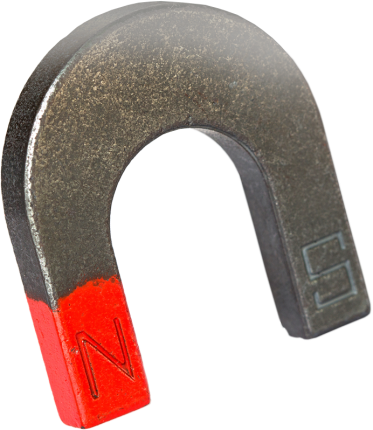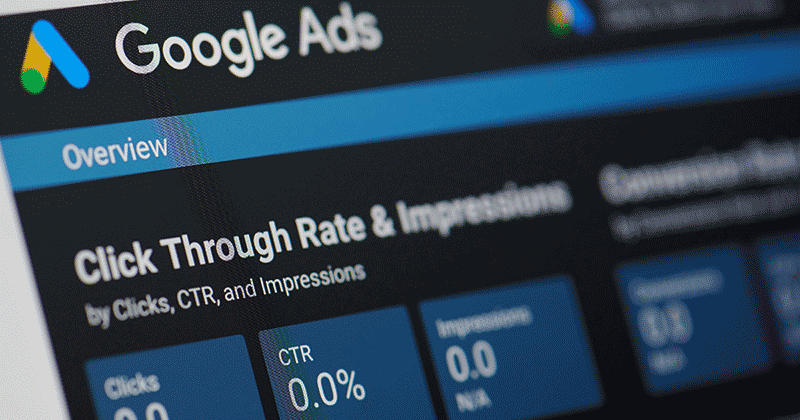Web Analytics & Measuring Success
Allan Dick is moderating this morning’s Web Analytics & Measuring Success panel with speakers Laura Thieme (Bizresearch) and Stacy Williams (Prominent Placement, Inc.) Let’s hear it for the ladies. Huzzah!
Up first is Laura Thieme.
With Web Analytics, says Laura, the conversation becomes so much more interesting. Yes, I know I find analytics stimulating, especially in the morning and on only one cup of coffee. I’m kidding, Web analytics is great and it’s worth your time to pay attention to, so do it.
Why is analytics so important? Because it tells you what your search marketing campaign is getting you. Is it delivering leads and sales? Yes, probably, but is it doing it at a profit? Is that gross profit or net profit? Do you even know? Analytics gives you the answers to these questions.
Ask yourself:
- Can you track to the campaign, ad group, keyword level, to the product, to the service?
- Can you track organic versus paid?
And more important than can you, are you? What does your matrix look like?
The basic KPIs include impressions, CTR, average CPC, average position, ROI/ROAS and ad costs by campaign, ad group or keyword.
Advanced KPIs are when marketers really start to dissect this and understand things like the average cost per order, cost per acquisition or cost per action, gross profit vs. net profit and ROI vs ROAS.
You should be tracking organic versus paid search so you know where traffic is coming from and how users found you. Without tracking strings that are updated and accurate, your Web analytics reports won’t be accurate. Ask your Web analytics vendor look at your tracking strings to confirm they’re right.
Tracking return on ad spent (ROAS) gives marketers more information than visibility reports and traffic reports. You’ll learn what your acceptable customer acquisition cost is. You’ll see that speed and quantity of customer acquisitions does not always equate to acceptable profit margins for each customer. Find analytics tools to determine customer acquisition costs. ROAS tracking is where add value lies.
Use search engine visibility tools like WebPositionGold to track things like spider activity, traffic sales, latency , KPIs and ROAS. Laura recommended against using search engine APIs since they’ll often limit the number of queries you can make per day.
Ranking reports are important because they can highlight issues you’re facing due to a recent redesign, changes in keywords, etc. Basically they’ll help you see which pages are ranked, which will help you identify and improve areas for search engine optimization.
Ranking reports should be run on the 1st and 15th of the month.
Something else you should be tracking is spider and robot activity. This is really important because it allows you to predict how many days it will take for your pages to get indexed. Spider reports allow you to get a glimpse as to how often the bots are coming into each page and how much time they spent there.
Examine conversion funnels to see which pages are persuading people to fill out the important forms on your Web site and which ones are leading them off your site. You want to know what is persuading people to buy, the top pages on your site and how visitors are finding you. Do your organic visitors travel your site the same way users do who found you through your pay per click ads? Probably not.
Something else mentioned was Google’s Visitor Network Location report which lets users cross section by 50 or more keywords. When you do this you’ll likely see a very high conversation rates on select keyword phrases. This will give you valuable insight on where you want to allocate budgets.
Keep in mind that Web analytics is extremely time consuming. In order to benefit from it, you must be willing to spend time discussing the findings. If you’re not going to read over the reports your tools offer, there’s no point in creating them. You must be willing to invest in analytics as a stand alone service, job, or resources.
So what do you look for in Web analytics tools?
- Ability to track paid vs organic
- Interface ease of use
- Detailed robot analysts
- Ability to aggregate traffic
- Ability to analyze user sessions for dynamic sites
- Analyze customer latency
- Lots more!
With Web analytics you can influence what clients think, but it’s like solving a crossword puzzle — time is money and not everyone is good at it.
Know that no one tracking tool will do everything. You may need two or three to make sure you’re accurately collecting data.
Stacy Williams is up next.
Stacy says that anyone can do Web analytics. Ha, clearly she has never met me. I can’t even count past 15 when I have my shoes on, which is why I never wear shoes.
Regardless of my inabilities, it’s important to track your campaigns. Search engine marketing is about strategy and planning. Web analytics is your tool to know that your SEM is working or not working.
What you’ll want to measure depends on what you’re looking for. Are you a B2C or a B2B? Are you a publisher or a retailer? It’s all relative. It also depends on your business goals. Are you a big company or a start up? Is the Web your only source of revenue?
Ask yourself what you want to know. Identify metrics that have a significant impact on the viability of your business. What will you do with it? Only measure and report on things you’re going to act on.
When you do start tracking data, start small. Do a little, learn a lot. Rather than wasting lots of time doing huge amounts of analysis, start with a simple package and grow with it. Set a time to look at your reports. Avoid analysis paralysis, focus on actionable data, maintain a diary and create a checklist of the KPIs of when you want to check them. This will make sure you’re on track and keep you looking at the data. Correlate the data to see trends.
Web analytics allows you to take your information and turn it into insight. Stacy says it actually minimizes your spaz factor. (Really? Will it make me less likely to walk into doors? Success!)
Don’t be afraid to test things. Improve what’s working and eliminate what’s not.
Akin Arikan (Unica Corporation), John Marshall (ClickTracks), Chris Knoch (Omniture), Brett Crosby (Google), Barry Parshall (WebTrends) and Warren Raisch (WebSideStory) were available for the Q & A session.
Susan, are you reading? I don’t have to be a spaz anymore! Huzzah! [I think it’s going to take more than analytics for that one, Lisa. –Susan]

LEAVE A REPLY









